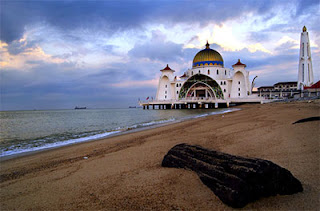Tioman Island (Pulau Tioman) is a
small island located 32 km off the east coast of Peninsular Malaysia in the
state of Pahang, and is some 39 km long and 12 km wide. It has eight main
villages, the largest and most populous being Kampung Tekek in the north. The
densely forested island is sparsely inhabited, and is surrounded by numerous
coral reefs, making it a popular scuba diving spot. There are also a lot of
resorts and chalets around the island which has duty free status.
Its beaches were depicted in the
1958 movie, South Pacific as Bali Hai. In the 1970s, TIME Magazine selected
Tioman as one of the world's most beautiful islands.
Apart from its diverse marine
life, the inland rainforest area, encompassing approximately 8,296 hectares,
in Tioman is a strictly enforced nature reserve. There are several protected
species of mammals on the island, including the Binturong, Long-tailed Macaque,
Slow Loris, Black Giant Squirrel, Red Giant Flying Squirrel, Mouse deer,
Brush-tailed Porcupine, and Common Palm Civet, from a total of 45 species of
mammals and 138 species of birds, including the majestic Frigatebird. Moreover,
Tioman has species that are endemic to its shores. The soft-shelled turtle and
the Tioman walking catfish are both unique and can be seen on rainforest walks.










